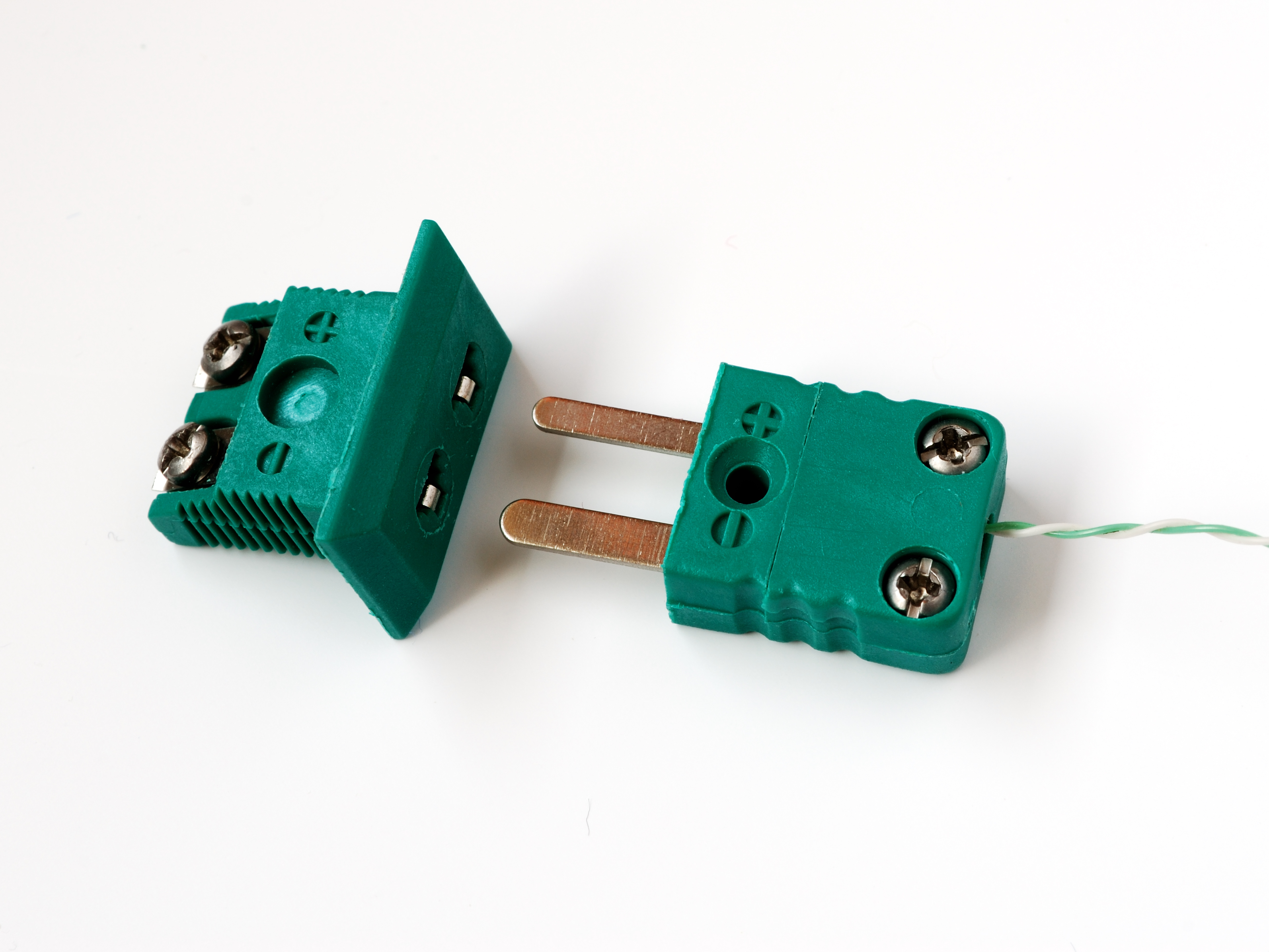Tex N Oz
Well-Known Member
- Joined
- 9/4/15
- Messages
- 289
- Reaction score
- 113
I believe the secret to success here is getting the volume of your HLT water as low as controllably possible, having as much flow through the HEX as possible and as much HEX surface area as possible.
If you get all these ducks in a row, you can focus step temperature control on your HLT and everything will fall in place. Unlike a RIMS you'd never exceed the step temperature in any part of the system.
I'm designing my system around a cylindrical filter (like a water filter), as they are much more efficient with a greater surface area than a bottom filter like we see most often in drip coffee filters. They have several times more surface area for the volume and the mash thickness is much less. I've always thought the current mash tun design was a bit archaic.
If you get all these ducks in a row, you can focus step temperature control on your HLT and everything will fall in place. Unlike a RIMS you'd never exceed the step temperature in any part of the system.
I'm designing my system around a cylindrical filter (like a water filter), as they are much more efficient with a greater surface area than a bottom filter like we see most often in drip coffee filters. They have several times more surface area for the volume and the mash thickness is much less. I've always thought the current mash tun design was a bit archaic.





